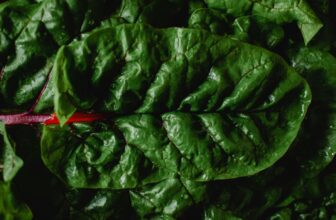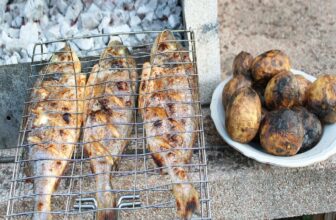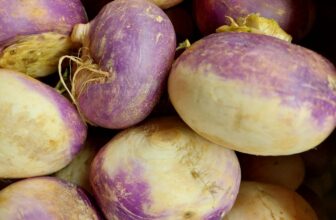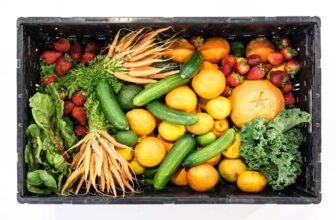In a survival situation, finding sources of food and water is essential. However, we also need salt to maintain our health, and it’s not always easy to come by in the wild. Fortunately, many plants are rich in sodium and can help us replenish this essential nutrient. Here are some plants that you can consider while foraging for salt.
Plants to consider while foraging for salt
- Seaweeds: Seaweeds are a rich source of sodium and can contain up to 30 times more sodium than other plants. Look for seaweeds like kelp, dulse, and nori, which can be found in coastal areas.
- Purslane: This succulent plant is often considered a weed, but it’s edible and high in sodium. Purslane can be found in gardens, fields, and waste areas, and can be eaten raw or cooked.
- Prickly Pear: Prickly pear cactus is a versatile plant that can be found in many parts of the world. The pads of the cactus can be eaten raw or cooked, and some varieties have a slightly salty taste due to the high mineral content of the soil they grow in.
- Chicory: This plant is commonly found in meadows and pastures and has a slightly bitter taste. The leaves and roots of the chicory plant are high in sodium and can be eaten raw or cooked.
- Amaranth: Amaranth is a versatile plant that is often used in salads and stir-fries. The leaves and seeds of the amaranth plant are high in sodium and can be eaten raw or cooked.
Important note
When foraging for salt, it’s important to keep in mind that some plants can be toxic. Be sure to do your research and consult a field guide before consuming any wild plants. Additionally, while these plants are a good source of sodium, they should not be relied upon as the sole source of this essential nutrient. In a survival situation, it’s always best to have a stockpile of salt and other essential nutrients on hand.
Stay prepared and safe!




